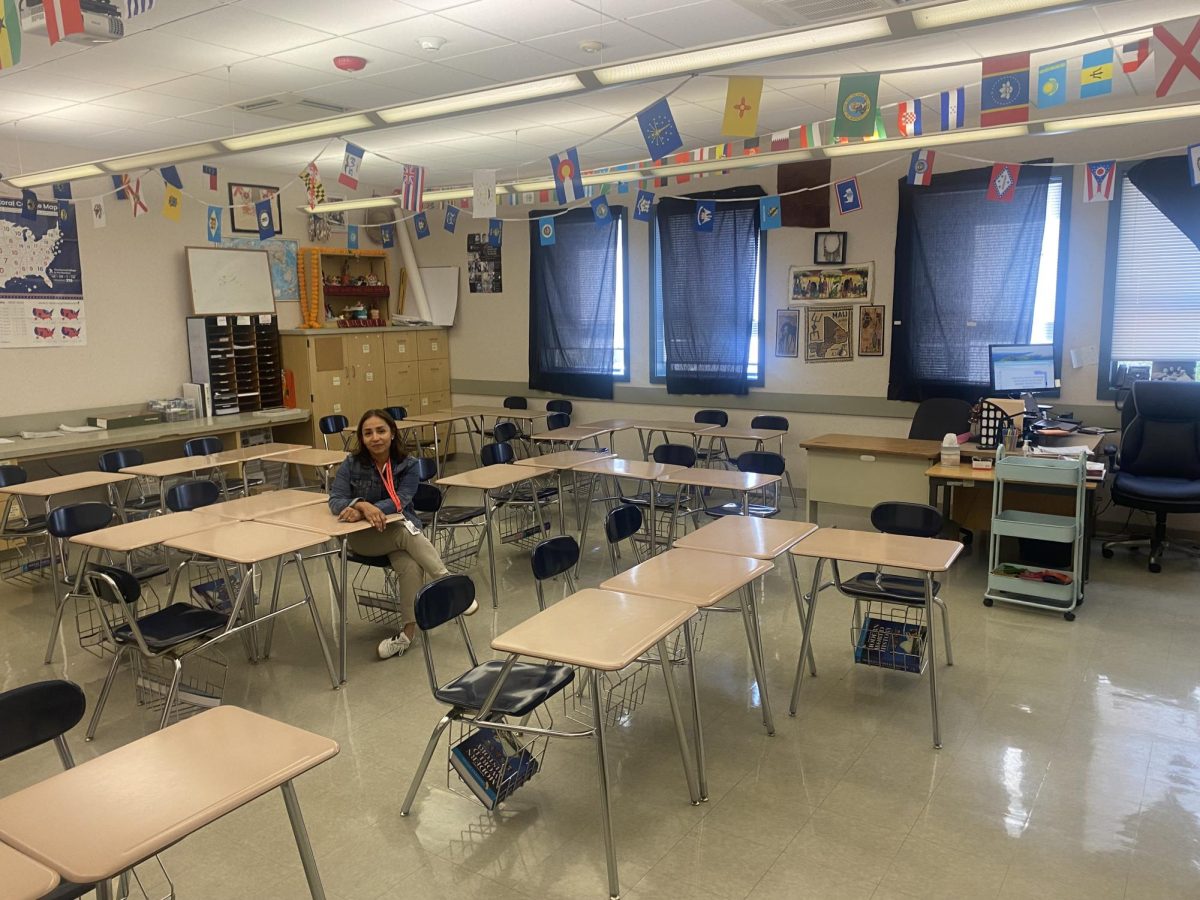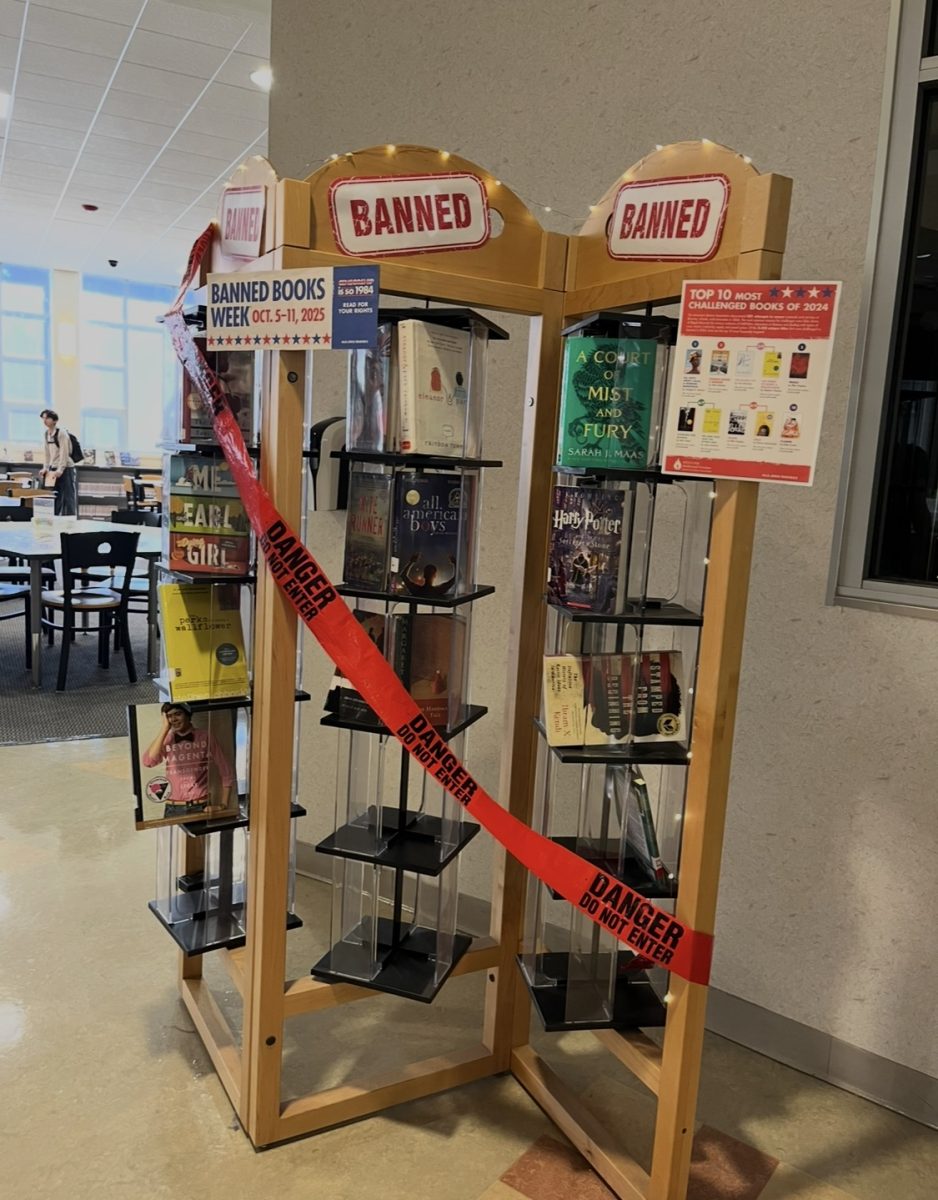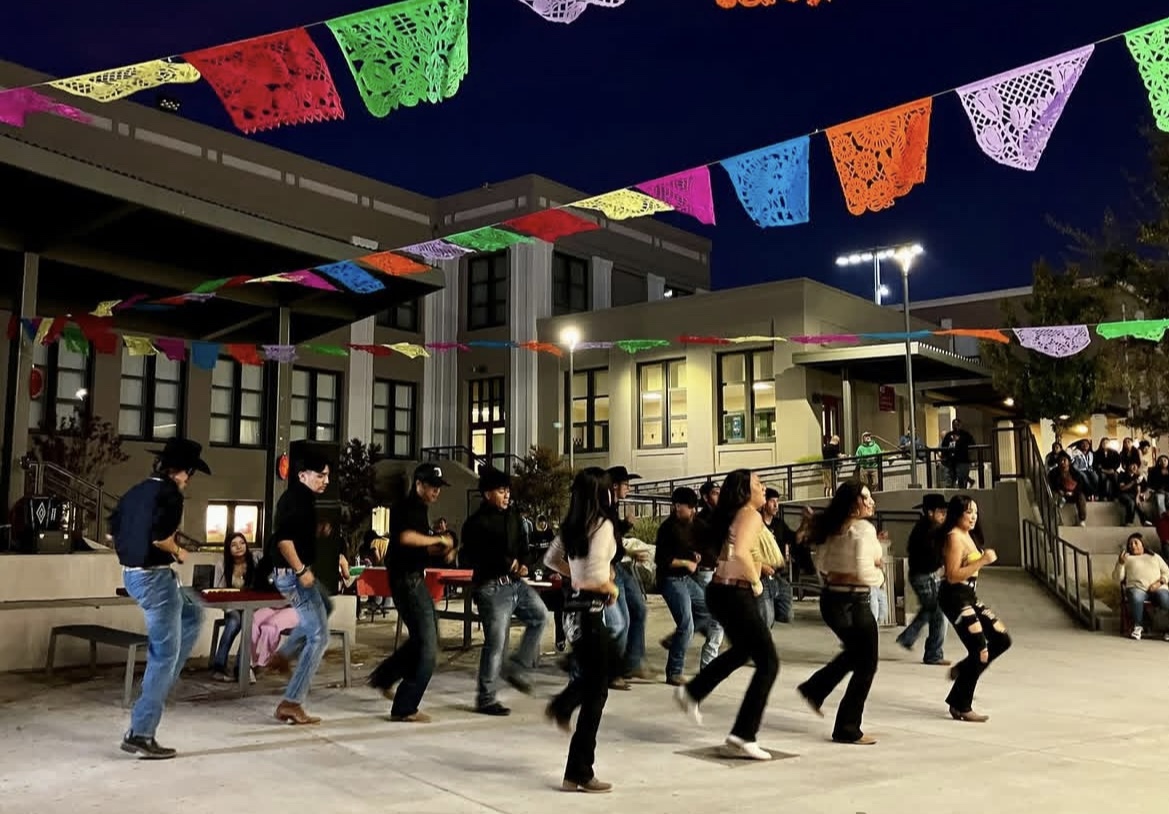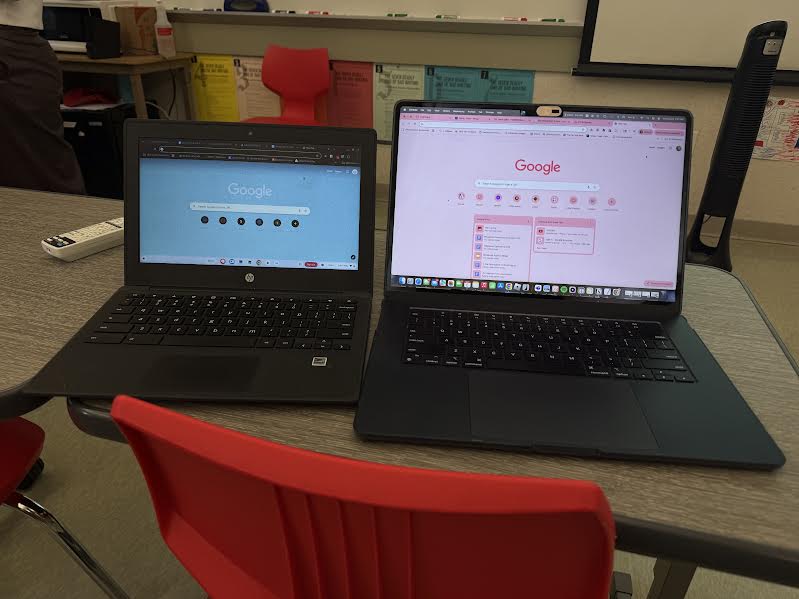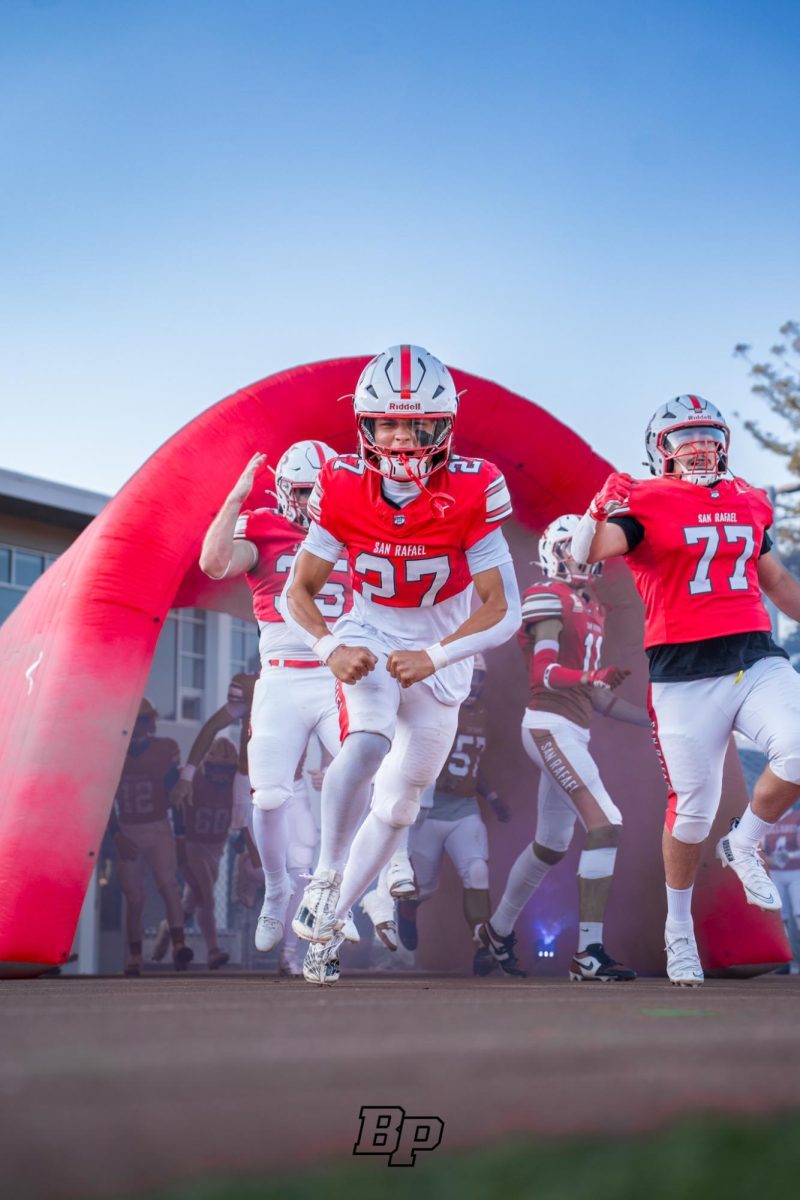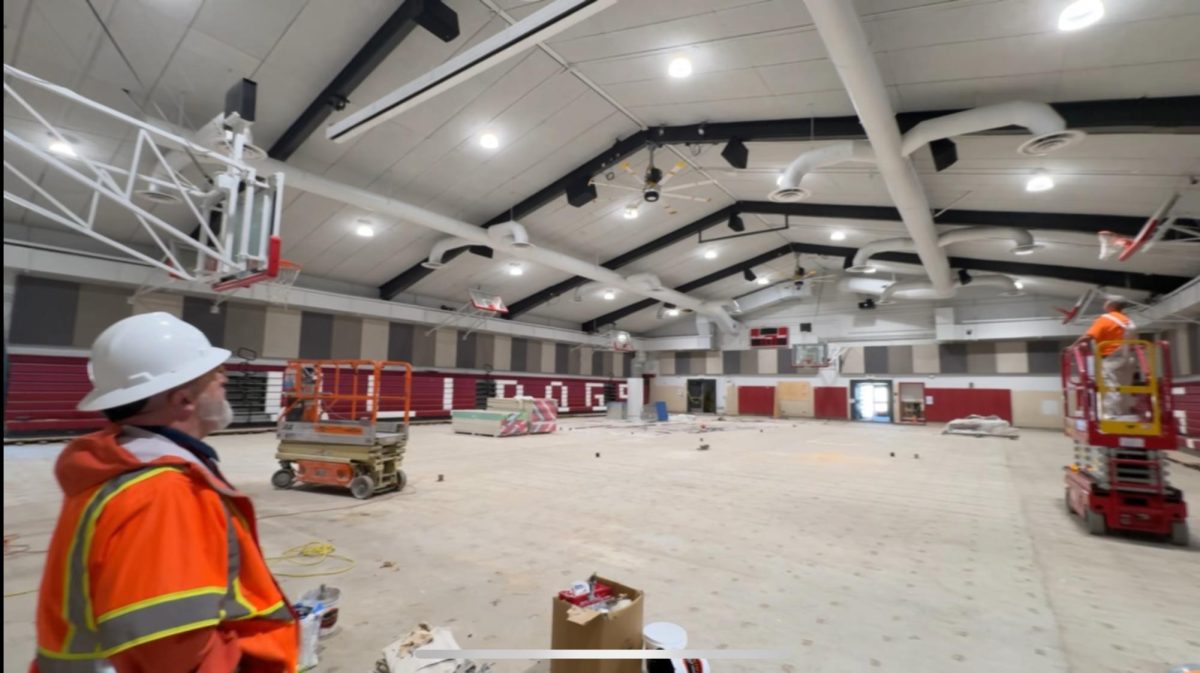During middle school, standardized testing was a norm multiple times a year. In high school, the first two years gave students a break until junior year when they started SBAC testing.
San Rafael High School’s principal, Joe Dominguez, mentioned that because of the COVID-19 pandemic, students have “struggled to ask for help” which leaves teachers questioning which students need that extra hand. The San Rafael City Schools district needed a benchmark to understand where students are in their learning, and what they need to work on. They decided to use standardized testing to see which students needed help, and with what. The state-mandated SBAC, administered to 11th graders, was too far into high school, and the district needed a quick, beginning-of-the-school-year diagnostic for the whole school.
Teachers at SRHS were part of a pilot committee and tasked to choose between three different programs to give to students. Thus, in September of 2024 opened the gates of I-Ready. I-Ready stood out as a fast, self-grading program that accurately depicts a student’s ability to perform core subjects such as English and math. Paying around 200,000 dollars for this year’s subscription, SRCS distributed I-Ready across their elementary and high schools.
Finn Cornwell, a freshman at SR, recalls his memory of standardized testing in middle school. “There has always been so much testing in middle school, that I-Ready just feels normal.” But as he finished the last questions on I-Ready, he “felt as though he stopped trying.”
David Baldarama, a senior, mentions how he “tried to muster up the effort to try, but by the time I was finishing the test, I felt my patience waning.” Baldarama feels as though it is “pointless” to take a standardized test on top of SBAC. “They aren’t needed for college so they have no reason to pile on another test that is so similar.”
Mr. Simenstad teaches 9th and 10th grade English at SRHS. He remembers how in 2001, No Child Left Behind was an act passed in California that forced schools to test their students. This data would act as proof that their students are learning, therefore, allowing funding to go into these schools. Although the act is no longer active, Simenstad explains that “the act allows this standardized testing trend to happen. I-Ready is just a mere example of it.” Because of this never-ending pattern, he describes it as a “zombie that cannot be killed.” Due to the high amount of testing, Simenstad explains how it can lead to students not trying on the test. “So if these results are inaccurate, what does the data tell us?”
However, to have time to take the test, SRHS took away tutorial time. Tutorial takes two hours every week to allow students to get the help they need in their classes. Alexandra Clements, a senior at SR, says, “Advisory is so important because it gives you the foundation to connect with your teachers.” By forming this connection, students are able to feel more comfortable asking for help when they need it. Clements goes on to explain that by taking away advisory, students do not have the connection time to spend extra time with their teachers, “especially during the first few advisory sessions.”
Ms. Levy teaches Lit 12 at SR and participated in the pilot committee of testing out I-Ready. Levy plans to “have advisory time to have one-on-one sessions with the students that need that extra help.” As Clements explained, “If you take away the first few weeks of advisory, this loss of connection leads to the absence of the foundation for asking for help.”
“There are so many other ways to test these students and help them, but I am just afraid of overtesting,” says Principal Dominguez.

